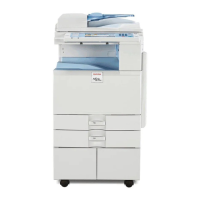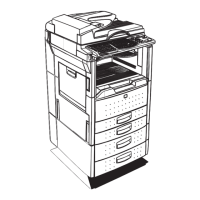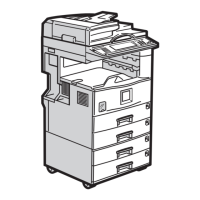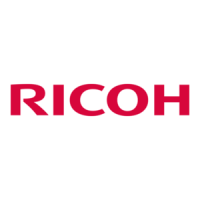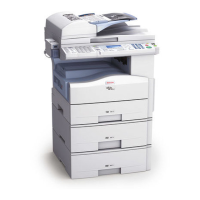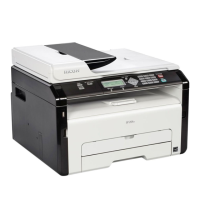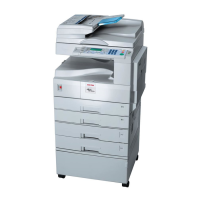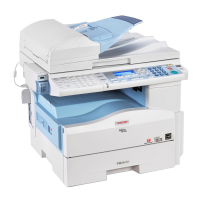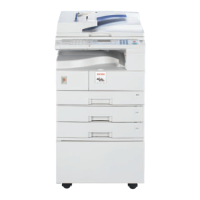Paper type: OK Prince Eco G100(55kg), Paper Thickness=80 µm // Pages in book=140 // Print scale=81%
Gap (when printed at 81% scale) = Pages in book × Paper thickness / 2 = 5.600000 mm
Operating Instructions Security Reference
B1416801
Operating Instructions Security Reference
Operating Instructions
Security Reference
Read this manual carefully before you use this product and keep it handy for future reference. For safe and correct use, please be sure to read
the Safety Information in the "General Settings Guide" before using the machine.
Getting Started
Preventing Information Leaks
Preventing Unauthorized Use of Functions and Settings
Enhanced Network Security
Management Based on Authentication and Access Control
Specifying the Administrator/Security Functions
Troubleshooting
Appendix
Printed in Japan
EN USA
AE AE B141-6801
